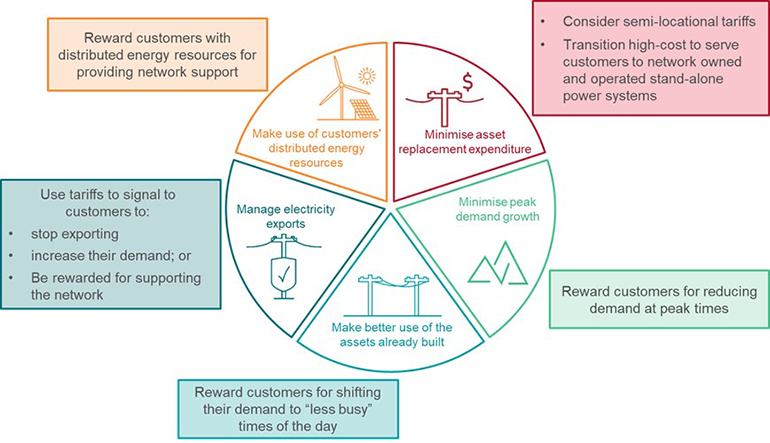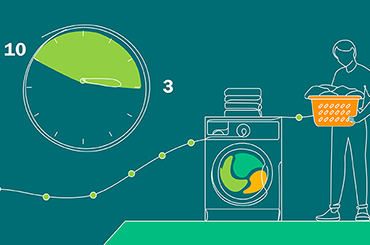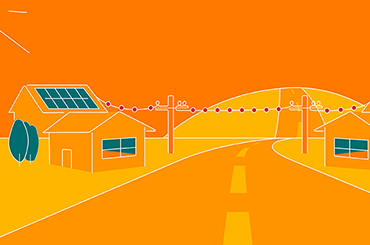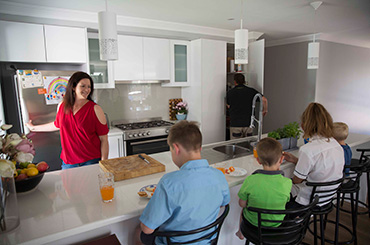What is a tariff?
We charge a ‘tariff’ to recover the costs of operating our network to deliver electricity to more than 880,000 homes, hospitals, schools, businesses and community services.
The word ‘tariff’ can mean the same thing as ‘price’, but tariffs are more than just a single price. They can include a number of different parts and combinations. Varying the combination of your electricity product can give different bill results for different customers - resulting in some customers paying more, and some paying less.
Our role as an electricity distributor or network is just one part of the total electricity supply cost. The electricity bill that you get from your retailer includes the cost of generating electricity, transporting electricity as well as government charges and levies, so you don’t see our charges on your electricity bill.
The price you pay your retailer is directly related to the retail product you have chosen and can be structured very differently from our network tariffs. So, when we talk about Essential Energy’s tariffs, we are just talking about the portion that makes up the distribution part of your bill which is about a third of your total bill.

Changing tariffs is about improving fairness
The way you use electricity, directly impacts the costs for us to deliver it.
Our existing tariffs are mainly based on the amount of electricity that customers use, regardless of when it is used.With the significant roll-out of household solar over the last decade, as well as the introduction of more electric vehicles and battery storage, we are finding that some households and businesses are now paying less than their share of our costs - with other households and businesses paying more than their share to make up the shortfall.
Adjusting our tariffs will not result in higher revenue for us – the revenue we can earn is set by our industry regulator. Instead, the changes are about better reflecting how our costs are shared between the customers who benefit from using our network.
Simple things, like using appliances between 10 and 3 will help shape how network costs are shared and how you are charged in the future.
The changing network and power quality
Networks manage power quality. With the increasing number of households taking up solar and other innovations in the market, we now have hundreds of thousands of small generators connected to our network and this number continues to grow. Currently, more than 25 percent of our customers with solar panels at their homes and people are now installing even larger systems. Most households don’t need systems larger than 5kW to power their homes.
We are seeing in areas with high solar take up there is an increase in power quality issues in recent years. This includes issues such as brown outs and power surges due to the network being unable to cope with these new innovations.
These have been traditionally managed by upgrading our infrastructure and equipment – like the wires and transformers.
But now, we are looking at new way on how we can meet these new demands and voltage requirements.
How our prices can reflect the way households and businesses use energy
Aligning the prices of how households and business with the costs they make on the network will improve the prices in a reflective way for everyone. This will improve fairness between the prices that our different households and businesses pay.
Households and businesses can be charged higher prices for energy use at the busy times on the network (our peak times) and lower prices for energy use at less busy times on the network. This will
- encourage people to change some of their electricity use to the times of the day when the network is under less pressure
- reduce the level of electricity exports over the middle of the day
- increase electricity exports over our evening peak.
This allows customers who want to react to those signals to do so for a lower charge. Customers who choose not to respond will pay more.





